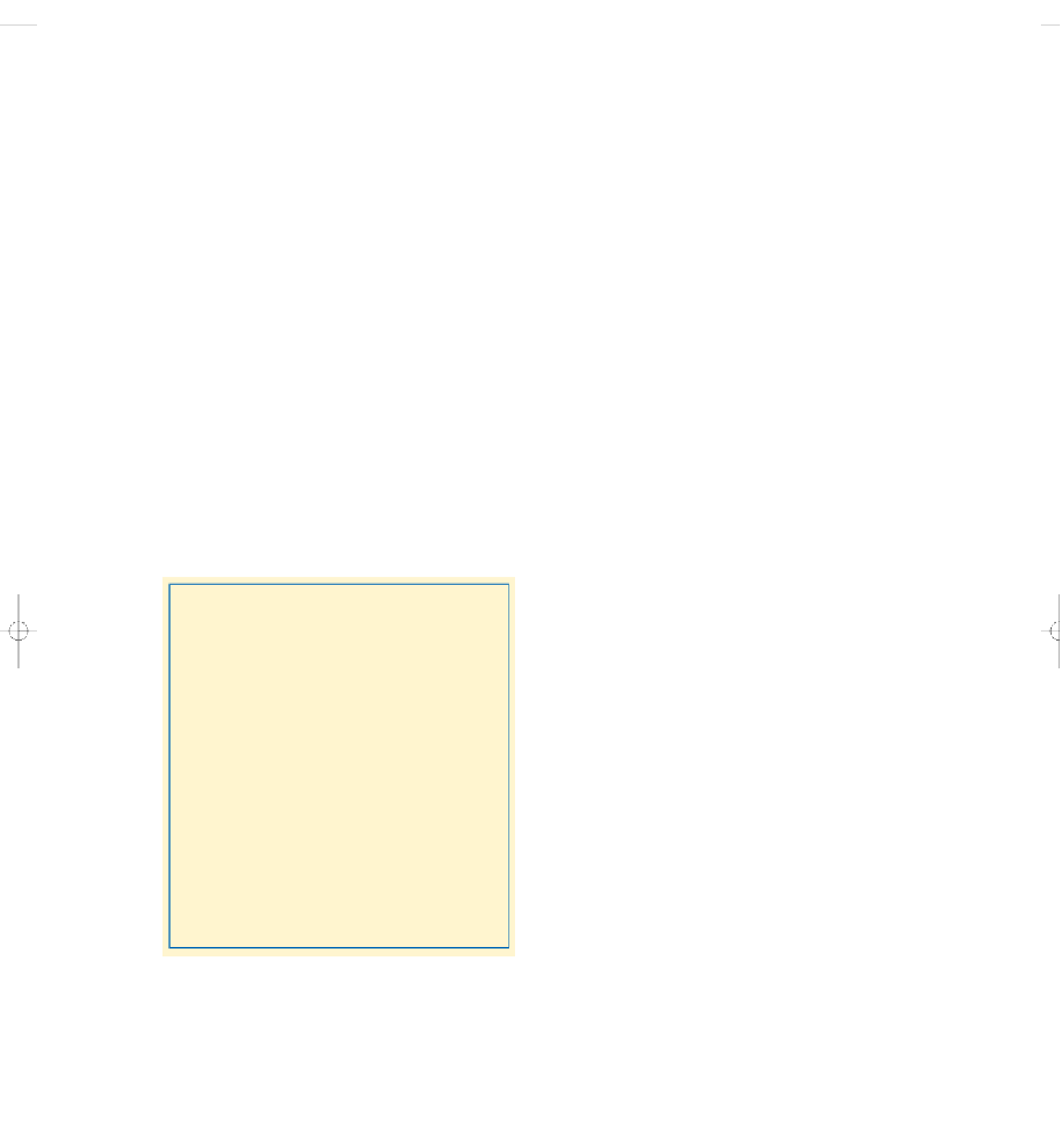Environmental Engineering Reference
In-Depth Information
There are two spiritual dangers in not owning a farm. One is
the danger of supposing that breakfast comes from the grocery,
and the other that heat comes from the furnace.
A
LDO
L
EOPOLD
We depend on three systems for our food supply.
Crop-
lands
mostly produce grains and provide about 77% of
the world's food.
Rangelands
produce meat, mostly
from grazing livestock, and supply about 16% of the
world's food.
Oceanic fisheries
supply about 7% of the
world's food.
Since 1950, there has been a staggering increase in
global food production from all three systems. The
growth occurred because of technological advances
such as increased use of tractors and farm machinery
and high-tech fishing boats and gear; inorganic chemi-
cal fertilizers; irrigation; pesticides; high-yield vari-
eties of wheat, rice, and corn; densely populated feed-
lots and enclosed pens for raising cattle, pigs, and
chickens; and aquaculture ponds and ocean cages for
raising some types of fish and shellfish.
We face important challenges in increasing food
production without causing serious environmental
harm. To feed the 8.9 billion people projected to exist
in 2050, we must produce and equitably distribute
more food than has been produced since agriculture
began about 10,000 years ago, and do so in an environ-
mentally sustainable manner.
Can we achieve this goal? Some analysts say we
can, mostly by using genetic engineering (Figure 4-11,
p. 75). Others have doubts. They are concerned that
environmental degradation, pollution, lack of water
for irrigation, overgrazing by livestock, overfishing,
and loss of vital ecological services may limit future
food production.
We also face the challenge of sharply reducing
poverty. One out of every five people does not have
enough land to grow food or enough money to buy
enough food—regardless of how much is available.
This chapter examines how food is produced and the
resulting environmental effects, ways to control soil
erosion, and methods for controlling populations of
pests. It addresses the following questions:
How is the world's food produced?
■
How are green revolution and traditional methods
used to raise crops?
■
How are soils being degraded and eroded, and
what can be done to reduce these losses?
■
How much has food production increased, how
serious is malnutrition, and what are the environ-
mental effects of producing food?
■
How can we increase production of crops, meat,
and fish and shellfish?
■
How do government policies affect food
production?
■
How can we design and shift to more sustainable
or organic agricultural systems?
■
KEY IDEAS
■
Food production from croplands, rangelands, and
ocean fisheries has increased dramatically since 1950.
■
Soil is eroding faster than it is forming on more than
one-third of the world's cropland, and much of this
land also suffers from salt buildup and waterlogging.
■
One of every six people in developing countries is
chronically undernourished or malnourished; one of
every four people in the world is overweight.
■
Modern agriculture has a greater harmful environ-
mental impact than any human activity, and these ef-
fects may limit future food production.
■
Three-fourths of the world's commercially valuable
marine fish species are overfished or fished at their bi-
ological limit.
■
We can produce food more sustainably by reducing
resource throughput and working with nature.
Science: Plants and Animals That Feed
the World—The Big Three
Wheat, rice, and corn provide more than half of the
calories in the food we consume.
Of the estimated 30,000 plant species with parts that
people can eat only 14 plant and 8 terrestrial animal
species supply an estimated 90% of our global intake
of calories. Just three types of grain crops—
wheat, rice,
and
corn
—provide more than half the calories people
consume.
Two-thirds of the world's people survive primar-
ily on traditional grains (mainly rice, wheat, and corn),
mostly because they cannot afford meat. As incomes
rise, most people consume more meat and other prod-
ucts of domesticated livestock, which in turn means
more grain consumption by those animals.
Fish and shellfish are an important source of food
for about 1 billion people, mostly in Asia and in
coastal areas of developing countries. On a global
scale, however, fish and shellfish supply only 7% of
10-1
FOOD PRODUCTION
Science: The Success of Food Production
Since 1950, food production from croplands,
rangelands, and ocean fisheries has increased
dramatically.

